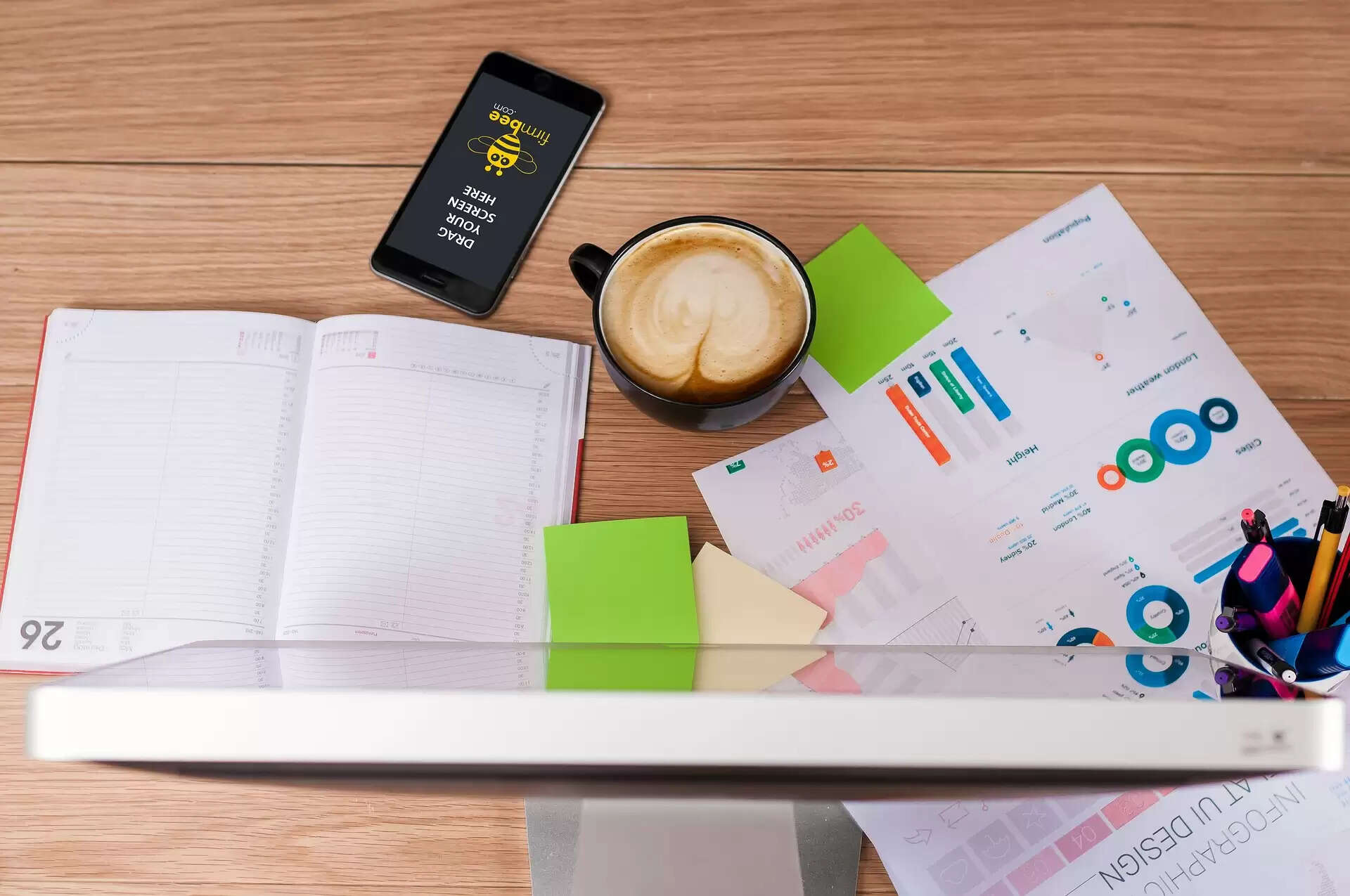The Rise Of Slow Productivity: Work Less, Achieve More

The Busy Trap of Modern Work
In today’s fast-moving world, everyone seems busy. We rush from one task to another, always chasing deadlines, and still feel like there aren’t enough hours in the day. But recently, a new idea has started to gain attention — something called “Slow Productivity.” It’s a simple but powerful concept: working smarter, slower, and more meaningfully instead of working constantly.
What Is Slow Productivity?
The term “slow productivity” was popularized by Cal Newport, a computer science professor and author known for his books on focus and deep work. His message is clear — being constantly busy doesn’t mean you’re truly productive. In fact, trying to do too much often leads to burnout, poor quality work, and dissatisfaction. The “slow productivity” movement encourages people to focus on doing fewer things but doing them better.
Why People Are Slowing Down
During the pandemic, millions of people started rethinking their work habits. The sudden shift to remote work blurred the line between home and office life. Many realized they were always “on,” responding to messages late at night, and feeling drained. This led to a wave of burnout and a growing interest in balance. People began asking: “What if productivity isn’t about doing more, but about doing what truly matters?”
Inspired by the Slow Living Movement
That’s where “slow productivity” comes in. It’s inspired by other “slow living” movements — like slow travel and slow food — which emphasize mindfulness and quality over speed. In work terms, it means giving yourself time to think, create, and focus deeply on fewer tasks rather than rushing through a to-do list.
The Benefits of Working Slower
When we slow down, we reduce stress and make better decisions. By focusing on a few important projects instead of juggling many, we produce higher-quality work and feel more satisfied. Many companies are starting to see the value in this. Some are shortening workweeks, reducing unnecessary meetings, and encouraging breaks during the day.
How to Practice Slow Productivity
For individuals, slow productivity might mean setting realistic daily goals or taking time to plan instead of rushing into tasks. It could also mean saying “no” to extra work that doesn’t align with your main goals. By protecting your focus and energy, you create space for creativity and meaningful progress.
Technology and the Trap of Busyness
Ironically, the tools meant to make us more productive — emails, chat apps, and task trackers — often keep us distracted. Constant notifications give us the illusion of progress, but we end up multitasking and losing focus. Slow productivity reminds us to pause and ask: “Is this task really important?”
Taking time away from screens, setting no-meeting days, or dedicating blocks of uninterrupted focus time can make a big difference. When you stop reacting to every ping, you start producing real results.
Slow Doesn’t Mean Lazy
Some people misunderstand the concept and think it’s about doing less work or being lazy. But in truth, slow productivity is about sustainable success. It’s about finding a rhythm that allows you to stay creative and motivated in the long run. Working nonstop leads to burnout; working intentionally builds mastery and joy.
A Shift in Mindset
More people today — from entrepreneurs to artists to corporate workers — are embracing this change. They’re learning that rest is part of productivity, not the opposite of it. The most successful people aren’t the busiest — they’re the ones who know when to pause, reflect, and recharge.
The Art of Working Wisely
In the end, slow productivity is not about speed, but about purpose. It’s a reminder that we don’t have to race through life to be successful. By slowing down, we can work better, think deeper, and live happier.
So the next time you feel guilty for taking a break or spending time thinking before doing — remember, you’re not being unproductive. You’re practicing the art of working wisely. Because sometimes, the slowest path leads to the strongest results.
.jpg)
